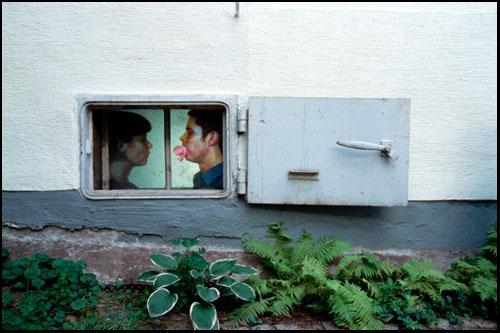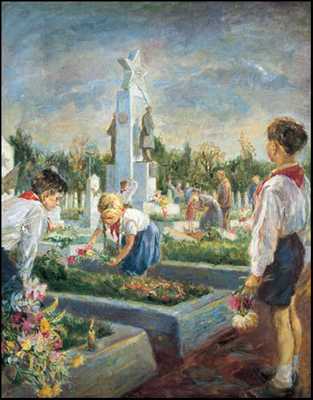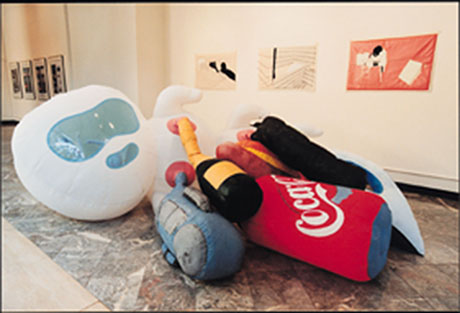Zoran Jovicic at Gallery S.U.L.U.J.
The Gallery S.U.L.U.J. is located in the strict center of Belgrade. The initials stand for the Association of Fine Artists of Yugoslavia-a namewhich hasn’t changed despite the fact that the country has recently become Serbia and Montenegro.
Unlike other local galleries that exhibit trendy work whose content is so predictable that an art lover loses the habit of even entering, this gallery offers a number of surprises. One never knows what to expect while climbing the stairs of a decadent old building, which at the beginning of the last … Read more














